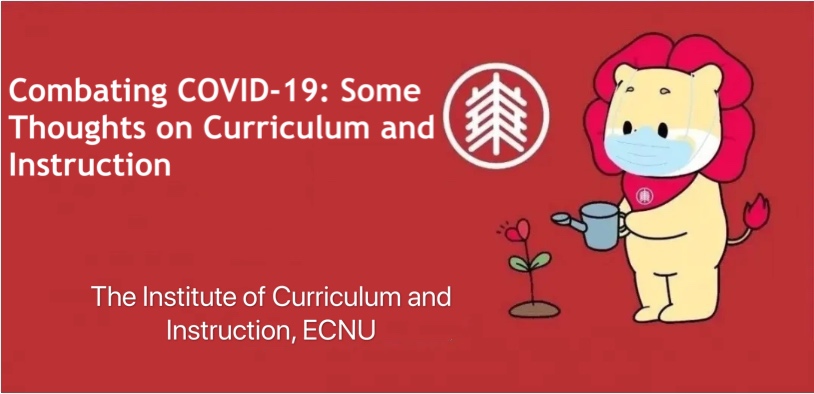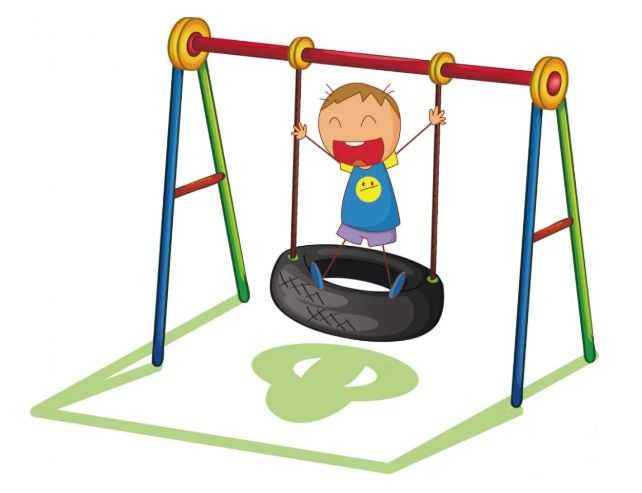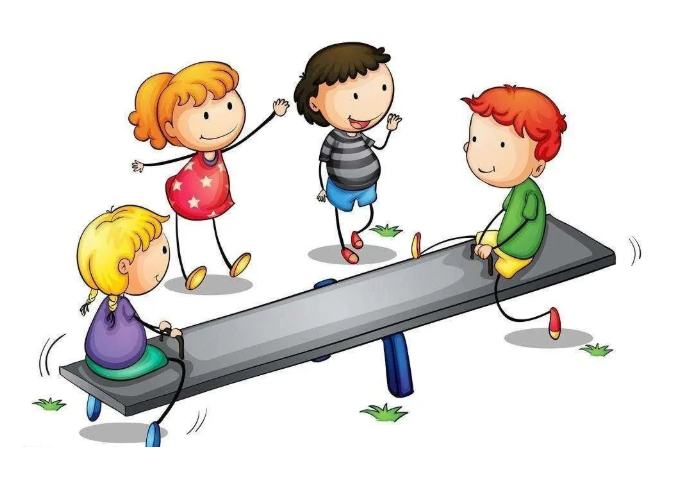Professor An Guiqing: Reflect on the Policy of “Keep Learning Amid Class Suspension” from the Perspective of Embodied Learning
2020-03-03


Reflect on the Policy of “Keep Learning Amid Class Suspension” from the Perspective of Embodied Learning
Professor An Guiqing
ICI, ECNU
During the epidemic, driven by the policy of “Keep Learning Amid Class Suspension”, online learning has become a necessary response for schools, however, there are a lot of opposing views. Three main points of view at present can be summarized as follow:
1. Schools can carry out online learning, but new lessons cannot be taken.
2. Replace online learning with more meaningful learning activities. For example, some high-quality parent-child activities, etc.
3. Suspend the learning requirements of schools, just let students get to know the real society, enjoy holidays. Catch up with the learning progress by arranging classes on weekends, and compressing summer vacation.

What we are going to think about is whether “class-suspension” means “learning-suspension”?
What is the meaning of “learning” emphasized in the policy of “Keep Learning Amid Class Suspension”?
The above argument is obviously related to our understanding of the concept of “learning”.

Let's first imagine a baby who is sitting in the middle of a swing. She gently tilts her body from one side of the swing to the other, feeling as if she is leaning down from one side and then coming back. The child can’t express her feelings in simple words, so did she learn from this non-verbal physical experience? The answer is yes. Like children playing on the seesaw, they develop balance far beyond physical coordination, and she is building a “equal” body feeling that may one day teach her the moral reasoning of social justice.



The theory of embodied cognition originates from phenomenology, especially Merleau-Ponty’s “body phenomenology”. Merleau-Ponty distinguishes “objective body” and “phenomenal body”. The objective body is regarded as the body of the physical entity, the phenomenon body is not only the body of physical entity, but also the body that you and I experience.



Embodied learning is the most natural way for human beings to learn. However, institutionalized school education leads to the decline of students’ embodied learning in that it pursues efficiency, ignores students’ experience, only pays attention to mental training, and sets up a variety of rules and systems to restrict students’ physical activities.



In fact, if a certain mapping relationship is formed between physical activity and knowledge, the body can promote cognition. Moreover, the body is in a more basic position in cognition, if I can’t imagine the action of “put on a surgical mask” or see someone wearing a surgical mask, it is difficult for me to understand the sentence “he puts on a surgical mask”. Our understanding of knowledge first comes from physical experience or imagination, and then we can understand abstract concepts. In the context of Chinese traditional culture, “putting it into practice” is an important premise and foundation of learning, and learning is essentially a process of the integration of body and mind, the unity of knowledge and practice.


Obviously, in this sense, “class-suspension” does not mean “learning-suspension”, each practice is a learning activity, which has potential educational value. At present, “learning” in the sense of “Keep Learning Amid Class Suspension” is more directed to the learning of knowledge form textbooks, which to a large extent reflects the “body-free learning” in institutionalized school education. However, embodied learning goes beyond the functional point of view that children are only regarded as students, and tries to restore the overall and free development of children as human beings.

In the face of the epidemic, how to carry out more valuable embodied learning design in the home environment? Specifically, we need to start exploration in three aspects: activities, materials, and support:

First, how to design tangible activities, and get a hidden meaning from it?
It requires that physical activities must be close to cognition. During home-based learning, teachers or parents can design some simple and direct tasks, and then let children use sensory perception and physical coordination to accomplish these tasks.

Second, in order to mobilize students’ physical activities, how to carefully design the learning environment by selecting and creating materials?
In this kind of learning environment, children should have the opportunity to operate these materials and tools directly, during the operation, their sensorimotor modes (from simple finger movement to whole body movement) will be developed.

Third, how do mentors in the environment help children take action and move their bodies to interact with materials?
The forms of exercise and physical participation that play a positive role in cognition do not always appear naturally, it needs guidance and support from mentors through physical demonstration, cooperative generation, practical guidance and so on.